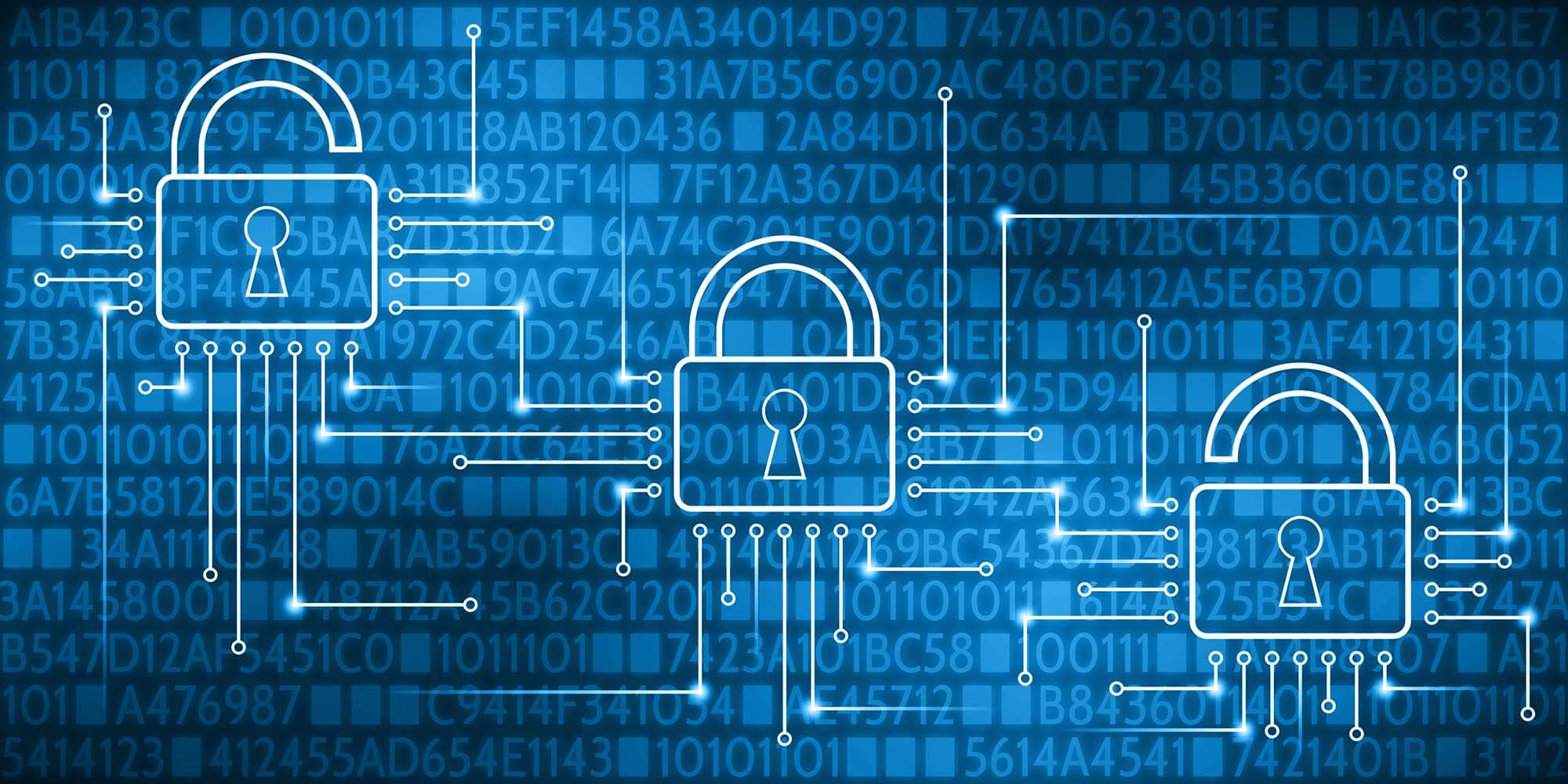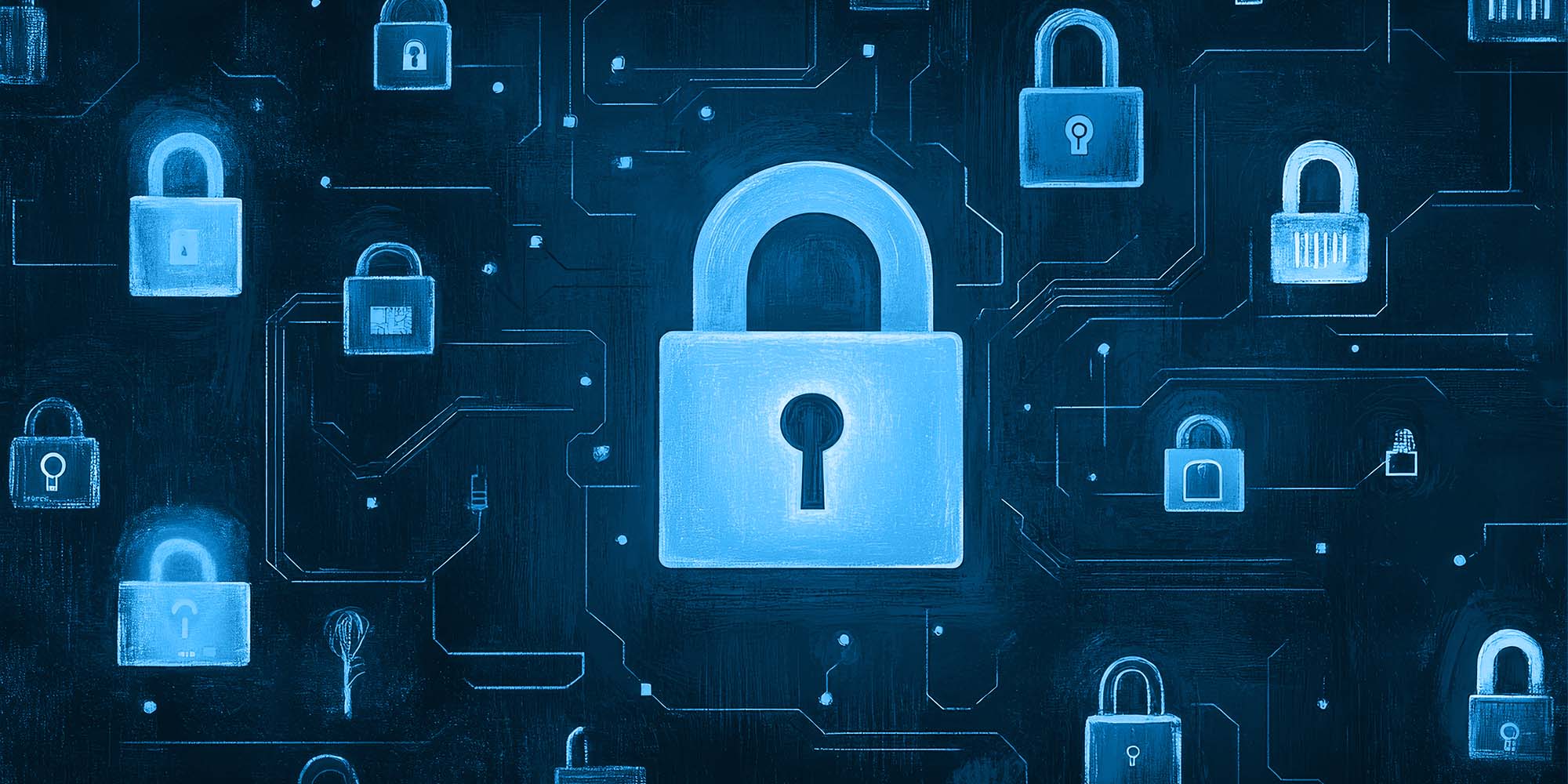Cybersecurity: Combating the Industrialization of Attacks - DEEP
Cybersecurity is at the heart of many debates in Europe and around the world. Hackers have now evolved into cybercriminals, and attacks often take the form of ransomware or phishing, among others. The concerns revolve around the industrialization of attacks, the human factor, the opacity of the cloud, and more broadly, data sovereignty.
The cyber threat landscape is constantly evolving, with attacks becoming increasingly sophisticated and automated. Businesses of all sizes are potential targets, and the consequences of a cyberattack can be devastating.
In this article, we explore the growing cybersecurity challenges for businesses and provide actionable advice to help you stay protected.
The Industrialization of Attacks
Today, we are witnessing the industrialization of cyberattacks, carried out on a massive scale, almost automatically, by organized groups of cybercriminals. There are illegal marketplaces where ready-made ransomware kits can be purchased. The kit provider takes a cut of every successful operation.
Phishing and the exploitation of security vulnerabilities are the two main risk factors for organizations. Cybercriminals scan for outdated or vulnerable technical components to breach the information system, after which ransomware encrypts all data on the server. The group then demands a ransom from the data owner in exchange for restoring access.
Cybercrime is increasingly resembling a business—albeit an illegal one. It delivers a high return on investment compared to traditional crime, while the risks remain minimal due to the anonymity and impunity these actors enjoy.
Concrete Measures to Protect Your Business
Implementing appropriate security measures is essential to protect your business from cyberattacks. Here are a few tips:
-
Train your employees in security best practices. This is the most effective way to reduce phishing and social engineering risks.
-
Update your software and systems regularly. Hackers often exploit known vulnerabilities to launch attacks.
-
Back up your data frequently. This allows for quick system restoration in the event of an attack.
-
Establish an incident response plan to manage cyberattacks effectively and minimize damage.
Is Technology the Answer to Cybercrime?
Experts agree that deploying sophisticated technologies can help prevent these attacks. However, they also recommend implementing basic measures such as offline, restorable backups, employee access management, and two-factor authentication.
Technology can assist humans—by coordinating departments or managing tickets, for example—but it cannot solve everything. The human factor plays a crucial role in the success of any cybersecurity strategy. Experts featured on our podcast recommend co-building the strategy with employees and raising their cyber risk awareness through training. After all, a chain is only as strong as its weakest link.
Is Risk Delegation a Viable Option?
La prévention est l’une des options dans la lutte contre les risques cyber, mais on peut aussi choisir de déléguer le risque. C’est ainsi que les services cloud permettent de déléguer la gestion du risque et du service informatique en lui-même.
Le cloud ne se résume pas uniquement à l'hébergement des données, il fournit aussi toute une palette de services pour exploiter et valoriser les données. Il semble ainsi que le cloud, avec son infrastructure et ses applications mises à notre service génère moins de maintenance en interne, et plus de flexibilité.
Cependant, opter pour cette solution amène son lot de questionnements. Les acteurs américains du cloud sont soumis au CLOUD Act qui « permet aux administrations des États-Unis, disposant d’un mandat et de l'autorisation d’un juge, d'accéder aux données hébergées dans les serveurs informatiques situés dans d’autres pays, au nom de la protection de la sécurité publique aux États-Unis »*. Cela soulève évidemment la question de la sécurité et de la confidentialité des données.
Les solutions proposées par certains grands acteurs du cloud peuvent aussi rendre les données difficilement transposables dans un autre environnement si l’on décide de changer de fournisseur cloud, car le code utilisé dans un environnement n’est pas compatible avec celui utilisé dans un autre.
While prevention is key in managing cyber risks, organizations can also choose to delegate risk. Cloud services enable this by outsourcing IT and risk management responsibilities. The cloud is not just about data storage, it also provides a wide range of services to leverage and enhance data. Cloud infrastructures and applications can reduce internal maintenance needs and offer greater flexibility.
However, this solution comes with its own set of concerns. American cloud providers are subject to the CLOUD Act, which “allows U.S. authorities, with a warrant and judicial approval, to access data stored on servers located in other countries, in the interest of public safety in the United States.”* This raises valid concerns about data security and privacy.
Moreover, some major cloud providers use proprietary technologies that can lock data into specific environments. If you want to change your cloud provider, migrating your data may become difficult due to incompatibilities in code and infrastructure.
GDPR and the Gaia-X Project
These issues have led European stakeholders to take action—giving rise to the Gaia-X initiative. This Franco-German project, launched by 22 founding members including cloud service providers, aims to ensure data portability and interoperability, addressing the risks mentioned above. It also seeks to establish European standards and rules to guarantee data sovereignty.
Cybersecurity: An Ongoing Challenge for Businesses
Cyber risk is a complex area. Threats can be internal or external, human or technological, and even tied to foreign regulations. It’s nearly impossible to prepare for every scenario, which is why expert support can be invaluable for conducting audits and implementing tailored solutions.
By applying proper security protocols, educating your staff, and staying informed about current threats, you can significantly reduce your exposure to cyberattacks.
Remember, cybersecurity is a continuous process. Stay vigilant and up to date on the latest threats.
Source : * https://fr.wikipedia.org/wiki/CLOUD_Act
Contact us
Do you have any questions about an article? Do you need help solving your IT issues?
Contact an expert







Our experts answer your questions
Do you have any questions about an article? Do you need help solving your IT issues?
Other articles in the category Cybersecurity
How do you prepare for NIS2?
NIS2 aims to strengthen the cyber security of critical organisations in Europe. Apply it from January 2025 to avoid fines of up to 2% of your global turnover. Find out in this article what NIS 2 is, who is affected and how to prepare by capitalising on what already exists.
Published on
28 April 2024
DDoS attacks in Luxembourg in 2024
Discover the statistics of DDoS attacks detected in Luxembourg in 2024 by POST Cyberforce.
Published on
31 March 2024
DDoS attacks in Luxembourg in 2023
Discover the statistics of DDoS attacks detected in Luxembourg in 2023 by POST Cyberforce.
Published on
15 February 2023



